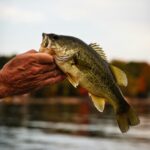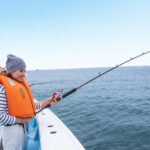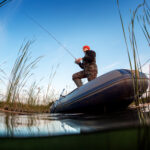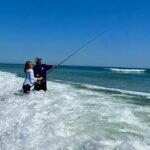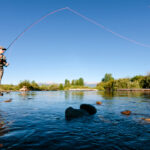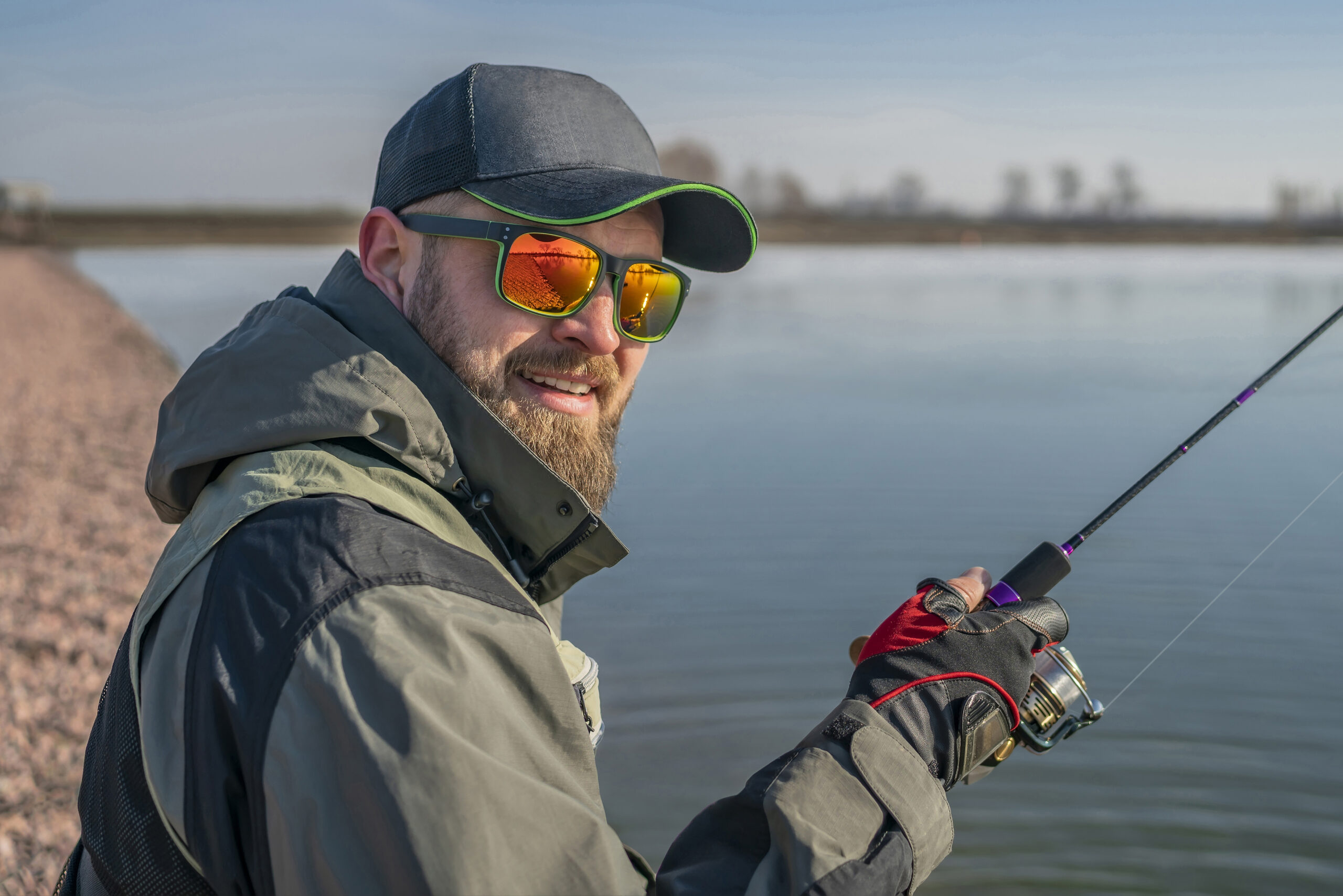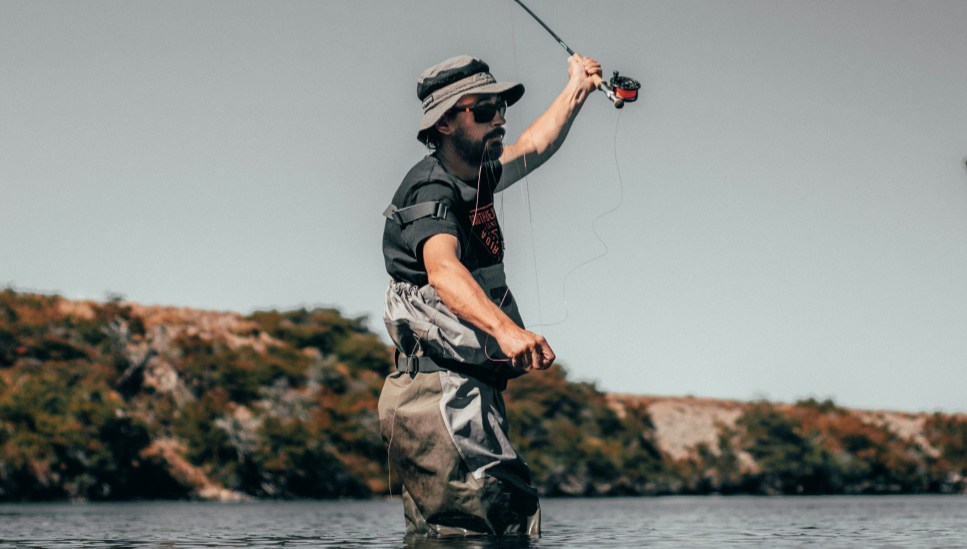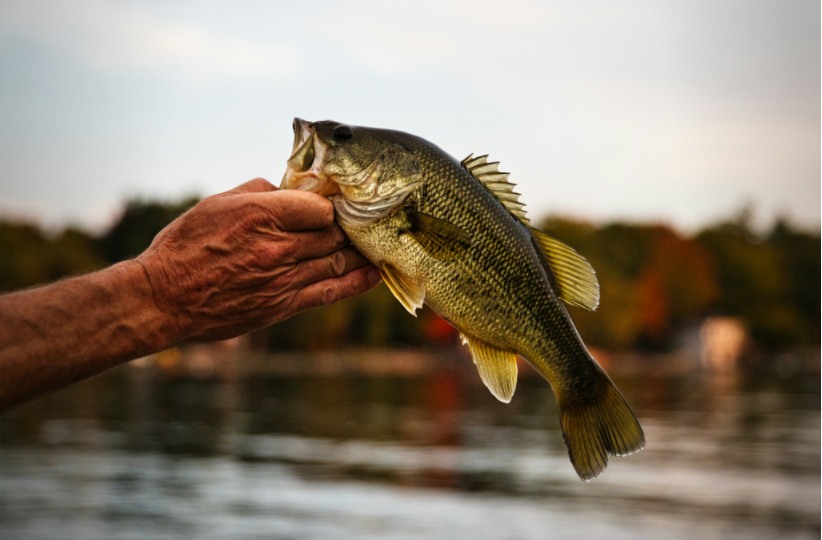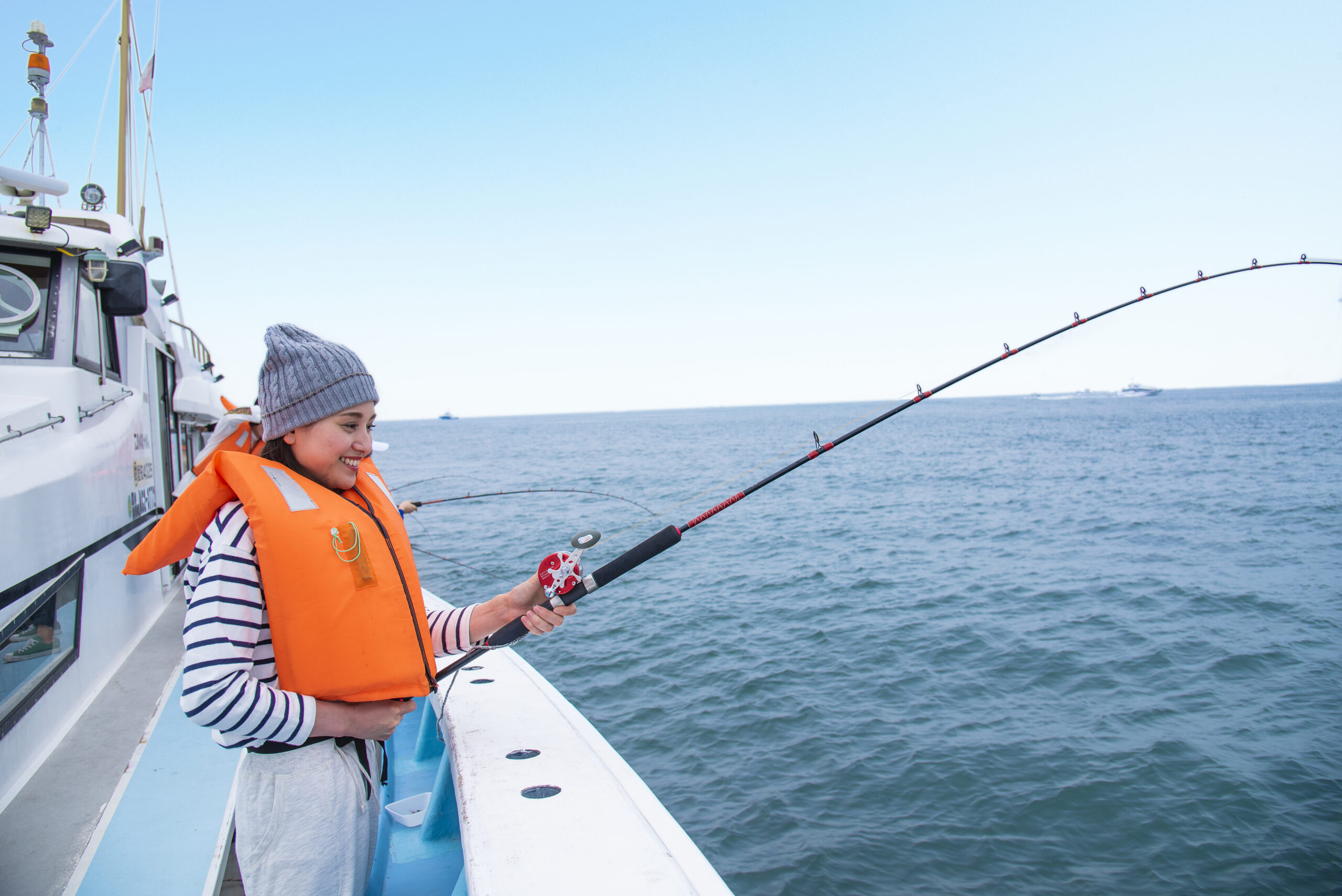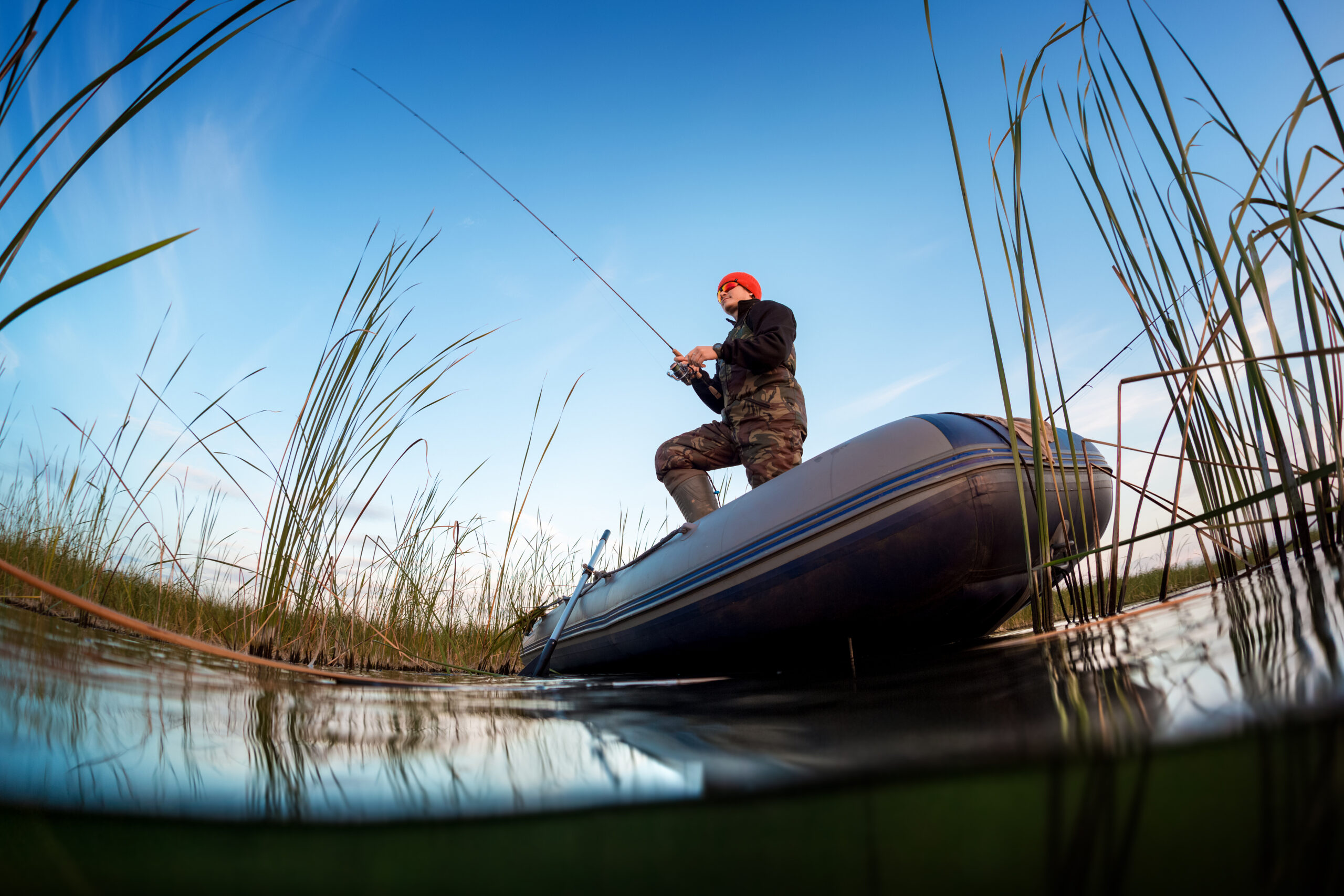Fishing in murky water during the spring can be both challenging and rewarding. As the snow melts and spring rains swell rivers and lakes, the water often becomes clouded with sediment and debris. While some anglers might see this as a disadvantage, experienced fishermen know that murky water can create the perfect conditions for catching bigger, more aggressive fish. Reduced visibility means fish are less cautious, more reliant on their lateral line to detect vibrations, and more likely to strike boldly. Mastering the art of fishing in muddy water requires strategic adjustments in bait selection, presentation, and location. Let’s explore the best techniques to make your spring fishing trips in murky waters a success.
Understanding Murky Spring Water Conditions
Murky water is caused by an increase in sediment and organic matter, which typically happens when:
✅ Spring runoff from melting snow increases water flow.
✅ Heavy rainstorms wash debris and soil into rivers and lakes.
✅ Strong winds stir up shallow lake beds.
While the visibility might be low, murky water often favors anglers because it reduces a fish’s ability to inspect bait visually, making them more likely to strike based on instinct and vibration. Fish tend to hold closer to structure in murky water and rely more on their sense of vibration and scent rather than sight to find food.
Best Baits and Lures for Murky Water
When visibility is poor, the key to success is to use baits and lures that create noise, vibration, and flash to help fish locate them more easily.
🎯 1. Brightly Colored Lures
Use high-contrast colors that stand out even in stained water:
- Chartreuse – Highly visible even in muddy conditions.
- Orange – Offers high contrast against dark backgrounds.
- White and Black – Creates a stark silhouette in low-visibility water.
🎯 2. Lures with Built-In Vibration and Sound
Fish rely on their lateral line to detect movement and sound in murky water.
- Spinnerbaits – The spinning blades create flash and vibration.
- Chatterbaits – The vibrating metal blade sends out strong pulses that fish can detect from a distance.
- Crankbaits – Opt for deep-diving models with rattles to add both sound and motion.
🎯 3. Soft Plastics with Added Scent
Since fish rely on both their sense of vibration and scent, using scented soft plastics increases your chances of attracting bites:
- Crawfish imitations – Ideal for bass and catfish.
- Worms and grubs – Use with a weighted jig to work the bottom effectively.
- Creature baits – Their bulky profile and wiggling appendages make them easy targets in murky water.
Best Techniques for Murky Water Fishing
Once you have the right bait and lures, fine-tuning your technique is critical. Here’s how to adapt to low-visibility conditions:
🎯 1. Slow Down Your Presentation
In murky water, fish often rely on sound and vibration to track down food, which takes more time.
✅ Retrieve spinnerbaits and crankbaits slowly to give fish more time to home in on the movement.
✅ Use a steady retrieve with occasional pauses to mimic injured prey.
✅ Let soft plastics sit on the bottom and give them small twitches to create natural vibrations.
🎯 2. Target Structure and Cover
Fish seek shelter and feeding opportunities in areas where they feel safe and can ambush prey more easily. In murky water, fish are more likely to hold near:
- Submerged logs and fallen trees
- Rock piles and boulders
- Weed beds and aquatic vegetation
- Bridge pilings and dock structures
🎣 Pro Tip: Cast your lure as close to the structure as possible and let it settle before starting a slow, steady retrieve.
🎯 3. Fish Shallow and Slow in the Morning
Spring fish are more active in warmer, shallower waters early in the day, especially when the sun begins warming the water. Target shallow flats and coves where the water heats up quickly.
✅ Start shallow in the morning and work your way deeper as the day progresses.
✅ Slow-moving baits like soft plastics and spinnerbaits tend to work better in early morning hours.
🎯 4. Adjust Your Hookset
In low visibility, fish are more likely to strike aggressively and hold onto the bait longer.
✅ When you feel a strike, pause for a brief moment before setting the hook to ensure the fish has fully taken the bait.
✅ Use a firm but controlled hookset to avoid ripping the hook out of the fish’s mouth.
Best Species to Target in Murky Spring Waters
Certain species thrive in murky water and are more likely to bite in stained or muddy conditions:
🐟 1. Largemouth Bass
Bass are aggressive predators and rely heavily on their lateral line and sense of vibration to locate prey in low-visibility water.
✅ Use noisy crankbaits, chatterbaits, and soft plastics with scent to trigger strikes.
🐟 2. Catfish
Catfish are highly sensitive to scent and vibration, making them ideal targets in murky water.
✅ Fish the bottom with cut bait, nightcrawlers, or scented dough baits.
✅ Use a slip sinker rig to keep the bait close to the bottom.
🐟 3. Northern Pike
Pike are ambush predators that rely on sudden movement and vibration to strike.
✅ Use large spinnerbaits and brightly colored jerkbaits to trigger reaction strikes.
🐟 4. Walleye
Walleye prefer low-light conditions and are more active in murky water.
✅ Use jigs tipped with minnows or plastic trailers.
✅ Target deeper pools and rocky structures where walleye hold.
Common Challenges and How to Overcome Them
Fishing in murky water can present unique challenges, but with the right adjustments, you can turn those obstacles into opportunities.
🌪️ Challenge: High, Fast Water
✅ Use heavier lures to keep them down in the strike zone.
✅ Cast upstream and let the current carry your bait naturally.
🦟 Challenge: Fish Are Hesitant to Strike
✅ Try a smaller profile lure with a slower retrieve.
✅ Add scent to your soft plastics to increase attraction.
🌧️ Challenge: Sudden Drop in Temperature
✅ Fish deeper water where temperatures are more stable.
✅ Slow down your presentation to match the fish’s lowered activity level.
Final Thoughts
Fishing in murky spring water requires adjusting your approach to match the changing conditions. By using brightly colored lures, creating vibration and sound, and slowing down your presentation, you can turn challenging conditions into a productive day on the water. Targeting structure, focusing on active species like bass and catfish, and fine-tuning your hooksets will increase your success rate. So gear up, head to your favorite fishing spot, and don’t let muddy water keep you from landing a trophy catch this spring!


